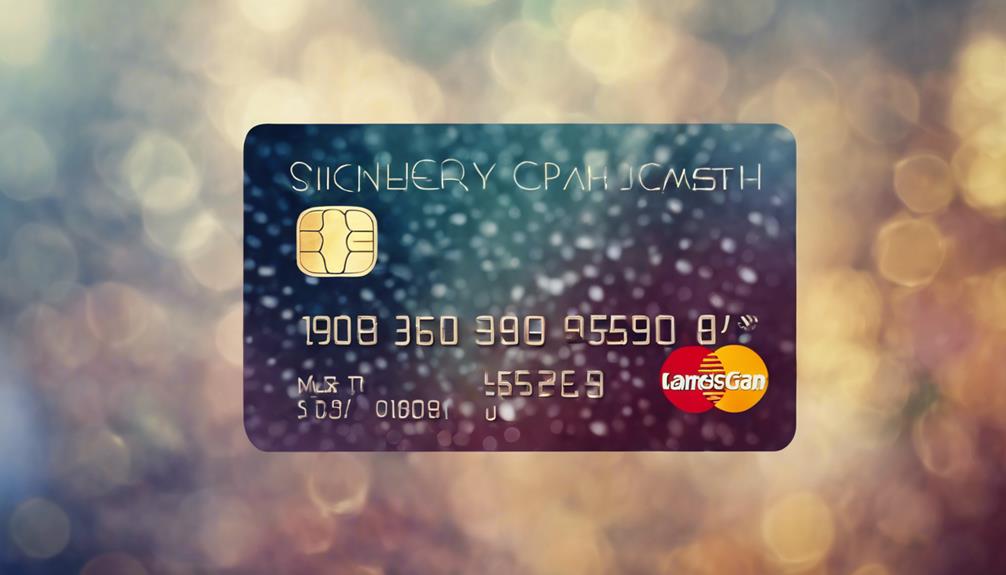When designing a payment system, make sure to simplify the flow to reduce steps, offer clear instructions, and use visual cues for guidance. Build urgency with time-sensitive prompts and showcase limited-time offers. Establish trust by displaying trusted payment methods and being transparent about options. Optimize navigation with recognizable icons and progress indicators. Enhance visual feedback with icons and color changes. Guarantee transparency with pricing to prevent surprises. Track progress seamlessly with indicators. Optimize load times for quicker transactions. Faster page-load speeds improve SEO and user satisfaction. Minimize waiting time to prevent user abandonment. These best practices in payment system design guarantee smooth transactions and user trust.
Key Takeaways
- Implement clear labels and instructions for seamless guidance.
- Showcase limited-time offers to create urgency.
- Display trusted payment methods for credibility.
- Utilize progress indicators for seamless tracking.
- Optimize load times for improved user experience.
Simplify Payment Flow
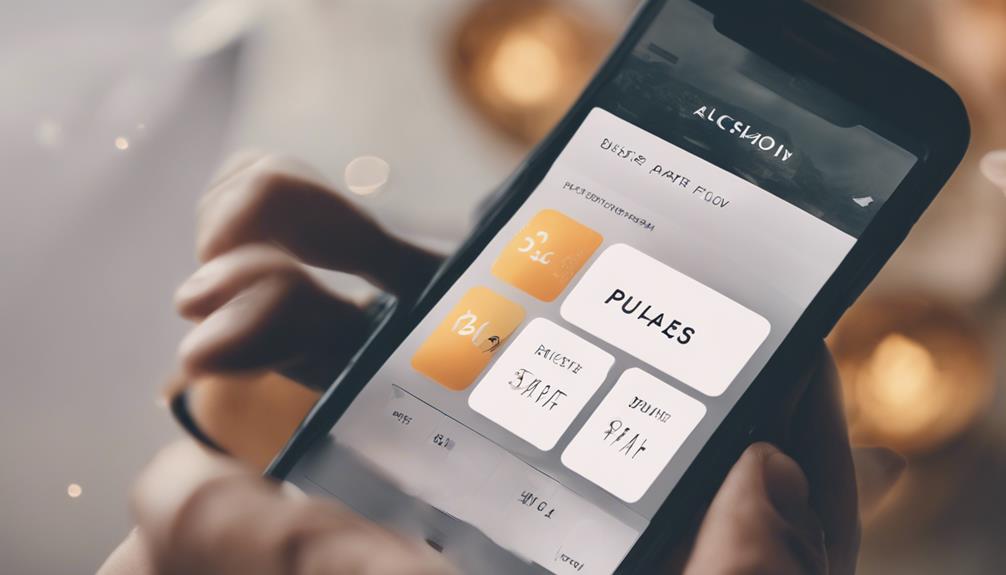
Enhance user experience by streamlining the payment flow to reduce steps and simplify the process. By optimizing the payment process, you can make it more efficient and user-friendly. Implementing clear labels, instructions, and visual cues can guide you through the payment flow seamlessly.
These visual cues serve as signposts, leading you to the next step without confusion. Additionally, offering auto-fill options and validation prompts can save you time and effort when entering payment details. Multiple payment choices provide you with flexibility and convenience, catering to your preferences.
Progress indicators are like a map, showing you where you're in the payment process and what steps are left, ensuring a smooth transaction. Minimizing clicks and providing a straightforward payment experience can make the process quick and easy for you. By simplifying the payment flow and incorporating visual cues, you can enjoy a hassle-free and efficient payment experience.
Create Urgency and Importance
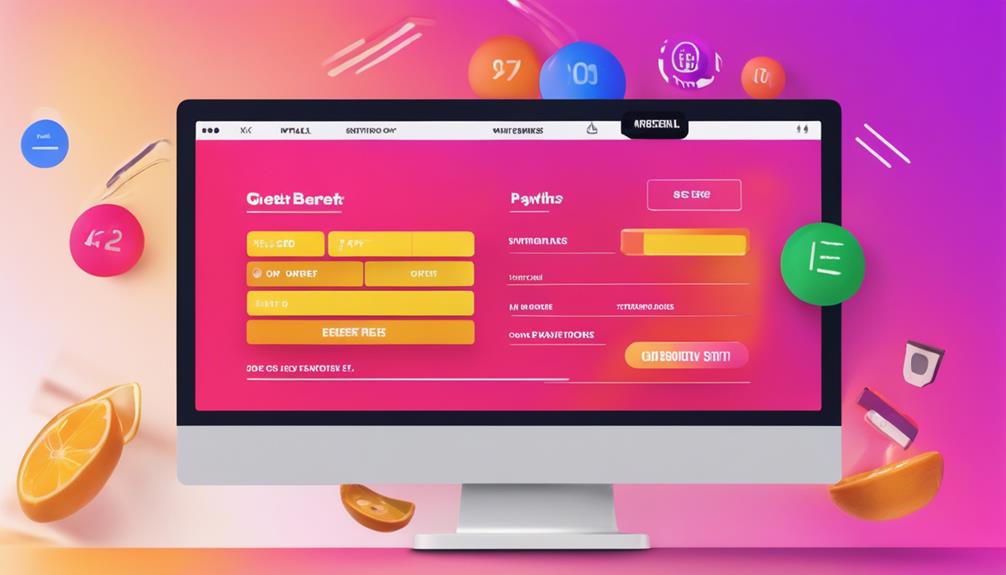
To enhance user engagement and prompt timely payments, incorporate time-sensitive prompts and visual cues that convey urgency. By showcasing limited-time offers and exclusive deals, you can motivate users to act swiftly in completing their transactions.
Utilize scarcity tactics and countdown timers to create a sense of importance and encourage users to make decisions promptly.
Time-Sensitive Payment Prompts
Implementing countdown timers in payment prompts can effectively create a sense of urgency and importance for customers to take immediate action. By showcasing limited-time offers and exclusive deals, you can drive prompt payment decisions.
Utilizing scarcity tactics such as 'limited stock' or 'ending soon' can further boost conversions by instilling a fear of missing out. Setting deadlines for special discounts or promotions encourages timely payments and reinforces the urgency factor.
Additionally, leveraging social proof through real-time purchase notifications can enhance trust and urgency, nudging customers towards making quicker payment choices. These time-sensitive payment prompts not only expedite transactions but also enhance the overall user experience by prompting swift and decisive actions.
Visual Cues for Urgency
Highlighting exclusive deals with visual cues such as countdown timers can effectively create a sense of urgency and importance for customers, driving them to take immediate action.
By incorporating progress indicators like countdown timers, users are prompted to make decisions quickly, enhancing their overall user experience. These visual cues not only create a sense of urgency but also convey the importance of acting promptly to secure the exclusive offer.
Users are more likely to engage with the payment system when they perceive time-sensitive deals and limited availability, encouraging them to complete their transactions efficiently. Implementing these strategies can have a substantial impact on user behavior, leading to increased conversions and customer satisfaction.
Therefore, utilizing visual cues for urgency is a valuable practice in payment system design.
Build Trust and Credibility

Establishing trust and credibility in your payment system design is essential for cultivating customer confidence and loyalty. To achieve this, consider the following best practices:
- Display Trusted Payment Methods: Showing well-known and reliable payment options can greatly enhance customer trust in your payment system design.
- Transparently Showcase Reliable Options: Clearly displaying accepted payment methods helps strengthen trust and credibility with users, reassuring them of the system's reliability.
- Clearly Explain Accepted Methods: Providing clear explanations of the accepted payment methods can improve user perception of the payment system, reducing any uncertainties they may have.
- Avoid Assumptions: Avoid assuming users' preferred payment methods; instead, clearly communicate the accepted options to build credibility and trust with your users.
Optimize Navigation for Users
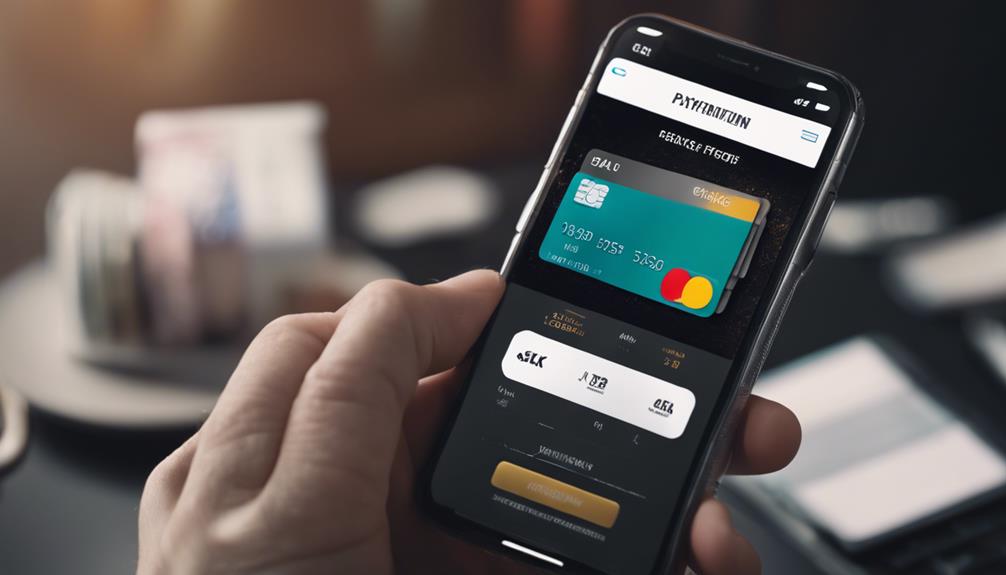
How can you streamline user navigation in your payment system to enhance efficiency and user satisfaction?
To optimize navigation for users, it's important to adhere to best practices that reduce complexity and guide users seamlessly through the payment process. Implement clear and intuitive navigation paths that lead users logically from one step to the next.
Use recognizable icons and labels to help users easily identify different navigation elements within the system. Organize the navigation elements in a linear fashion to simplify the user experience and avoid confusion.
Provide a progress indicator that shows users their current position in the payment flow and informs them of the remaining steps. Consistency in navigation design across all pages of the payment system is essential for maintaining user familiarity and confidence.
Enhance Visual Feedback
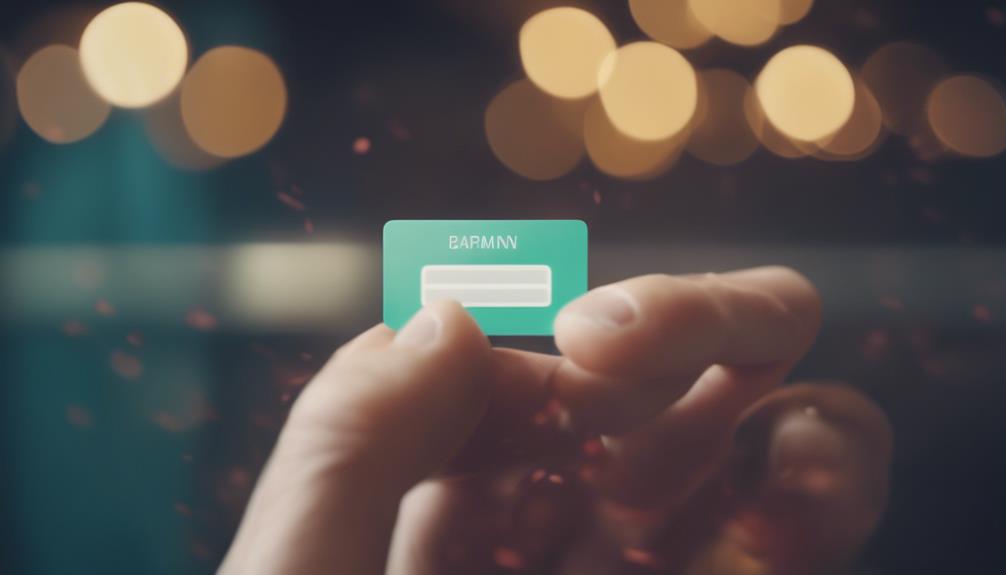
To enhance user experience and guide them seamlessly through the payment process, incorporate visual feedback elements such as icons, color changes, and animations in your payment system design. Visual feedback plays an essential role in improving the payment experience for users by providing instant responses to their actions.
Here are some ways to enhance visual feedback in your payment system design:
- Utilize icons to represent different actions or statuses, making it easier for users to understand the payment process at a glance.
- Implement color changes to signify progress, success, or errors, helping users navigate through the payment system with clarity.
- Integrate animations to add a dynamic element to the user interface, making interactions more engaging and intuitive.
- Include progress indicators like loading bars or completion steps to give users a sense of direction and control as they proceed with their payment.
Offer Multiple Payment Options
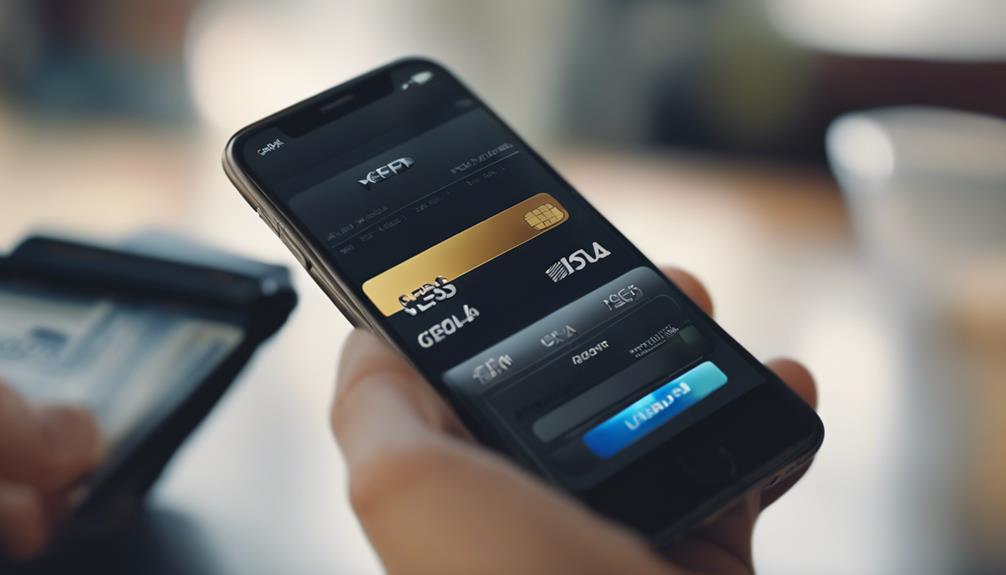
Providing customers with a variety of payment options enhances their shopping experience and boosts conversion rates. Research indicates that offering multiple payment methods can increase conversion rates by up to 20%.
A study found that 56% of online shoppers abandon their carts if their preferred payment method isn't available. By including various options like credit cards, digital wallets, and bank transfers, you cater to different user preferences, making the checkout process smoother and more convenient.
Clearly displaying the accepted payment options on your platform reduces confusion and builds trust with users. Additionally, providing clear instructions for each payment method helps users navigate the payment process with ease, enhancing the overall user experience.
Minimize Form Complexity
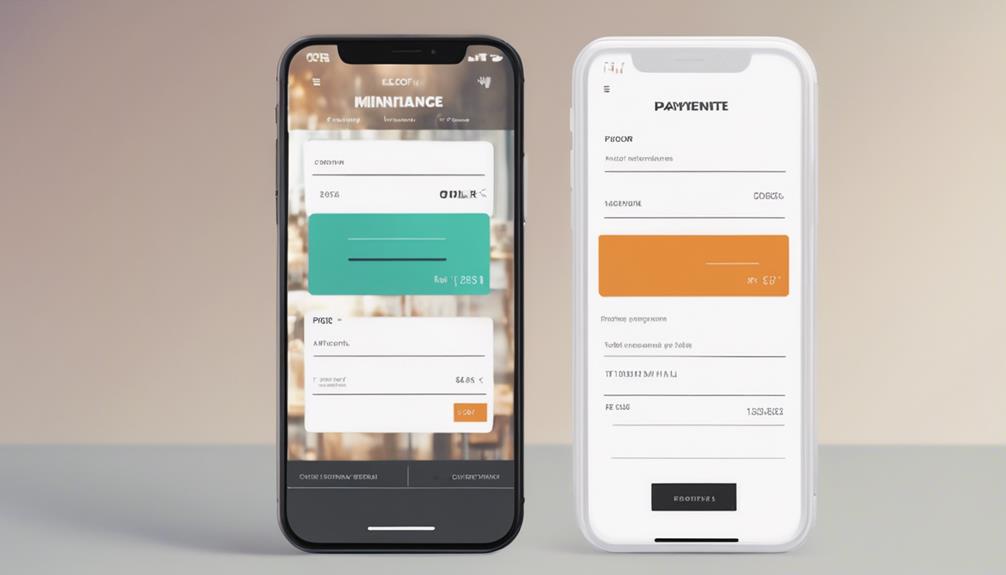
When designing your payment system, focus on minimizing form complexity to enhance user experience and boost conversion rates. Simplifying payment forms can reduce form abandonment rates by up to 25%.
Complex forms with unnecessary fields can lead to a 10-15% drop in conversion rates. Each additional form field can increase user frustration and decrease form completion by 10%.
A streamlined payment form can boost conversion rates by 35% or more. By streamlining the payment journey and keeping the form concise, you can greatly improve the experience for users, making it easier and quicker for them to complete their transactions.
Ensure Clear Pricing Display
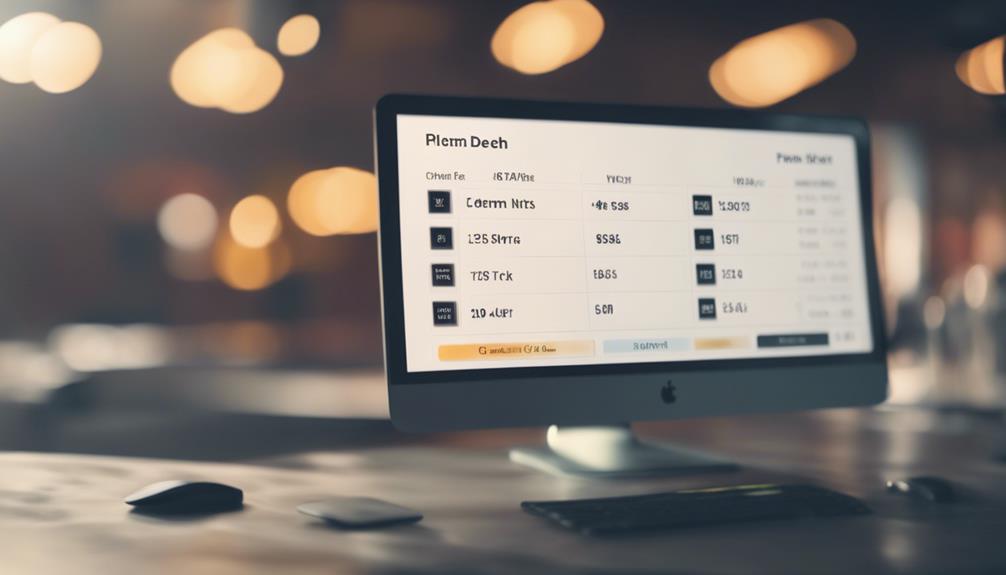
Minimizing form complexity in your payment system design sets the stage for ensuring clear pricing display to enhance user experience and build trust with customers. Displaying full prices, including delivery costs, enhances transparency and trust with customers.
Clearly explaining additional charges and offering ways to calculate them improves the user experience. Adding extra costs before taking payment details prevents surprises and increases customer satisfaction. Transparency in pricing builds confidence and reduces cart abandonment rates.
Providing a clear breakdown of costs at the initial stages of the payment process is essential for a seamless user experience and to reduce cart abandonment. Customers appreciate knowing the total cost upfront, leading to a smoother transaction process.
Provide Seamless Progress Tracking

Implement progress indicators in your payment system design to enhance user experience and guide customers through the payment process seamlessly. Progress tracking is essential for users to understand where they're in the payment journey. By incorporating progress indicators, you can greatly improve the usability of your system.
Here are some key ways progress tracking can benefit your payment system design:
- Clear Visibility: Users can easily see their progress with visual cues like progress bars or step indicators.
- Reduced Confusion: Progress indicators help users navigate through the payment process without feeling lost or uncertain.
- Enhanced Confidence: Clear progress tracking boosts user confidence, leading to higher completion rates.
- Improved User Experience: Seamless progress tracking reduces anxiety and frustration, creating a more positive overall experience for customers.
Optimize Load Times
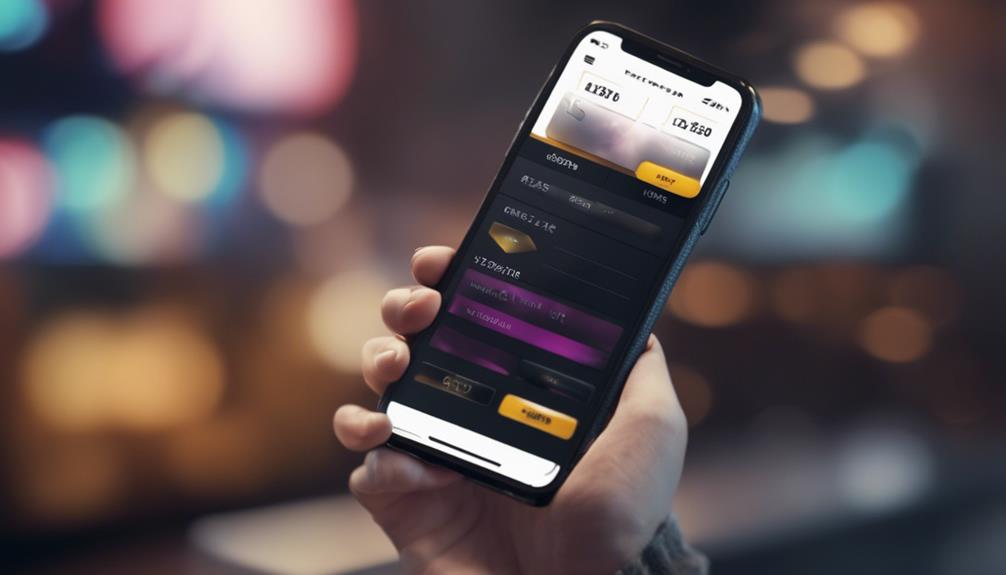
When it comes to optimizing load times for your payment system, speed is paramount. By minimizing waiting times, you can greatly boost conversions and enhance user satisfaction.
Prioritizing quick loading speeds guarantees a seamless experience for your customers during the payment process.
Speed for Conversions
Optimizing load times is imperative for maximizing conversions and enhancing user satisfaction in payment processes. When it comes to speed for conversions, consider the following:
- SEO Impact: Faster page-load speed boosts SEO performance, driving more traffic to your payment platform.
- Reduced Bounce Rates: Slow loading times often lead to users leaving your site, impacting conversions negatively.
- Smooth Transactions: Peak site speed guarantees seamless payment processes, preventing user frustration and cart abandonment.
- Enhanced Engagement: Quick loading times on payment pages keep users engaged, increasing the likelihood of successful transactions.
Minimize Waiting Time
To enhance user satisfaction and boost conversions, ensuring minimal waiting times by optimizing load speeds is critical in payment system design. Slow loading times can lead to a 7% drop in conversions, emphasizing the need to reduce waiting times.
A one-second delay in page response can result in a 7% reduction in conversions, underscoring the importance of optimizing load times.
With 53% of mobile site visitors leaving a page that takes longer than 3 seconds to load, quick loading is essential to prevent user abandonment.
Frequently Asked Questions
What Are the 5 Key Concepts of User Experience Design?
In user experience design, five key concepts include:
- Usability guarantees the system is easy to navigate.
- Accessibility focuses on reaching all users.
- Desirability aims to create an emotional connection.
- Credibility builds trust.
- Value provides benefit.
Incorporating these aspects enhances the overall user experience, leading to increased satisfaction and engagement.
Remember to prioritize these principles when designing interfaces for best results.
How to Design Good User Experience?
To design good user experience, prioritize simplicity and clarity in your interface. Utilize intuitive navigation, concise instructions, and helpful visual cues.
Guarantee seamless transactions with progress indicators and multiple payment options for convenience.
Embrace user feedback to refine and enhance the overall experience. Remember, the key is to make it easy, efficient, and enjoyable for users to interact with your platform.
What Are the 5 Steps of Ui/Ux Design?
In UI/UX design, the 5 steps are: research, design, prototyping, testing, and implementation. These steps guide you through understanding user needs, creating visually appealing layouts, testing prototypes, and finally launching the product.
Each step is vital in ensuring a well-crafted and user-friendly payment system. Following this structured approach helps you refine and enhance the user experience, making the payment process seamless and efficient.
What Is UX Best Practice?
In UX design, best practices refer to methods and principles that enhance user experiences. By prioritizing user needs, streamlining processes, and ensuring clarity, UX best practices aim to optimize usability and satisfaction.
Strategies like user-centered design, simplified navigation, and visual information play an essential role in creating seamless interactions. Balancing security and efficiency, providing feedback, and designing for error cases are also key components.
These practices ultimately improve the overall usability and effectiveness of digital products.
Conclusion
To sum up, when designing a payment system, remember to focus on simplifying the user experience, building trust, and providing clear pricing information.
By optimizing navigation, enhancing visual feedback, and minimizing form complexity, you can create a seamless payment process for your users.
Remember, a well-designed payment system is like a smooth transaction on a sunny day – effortless and satisfying for all parties involved.





